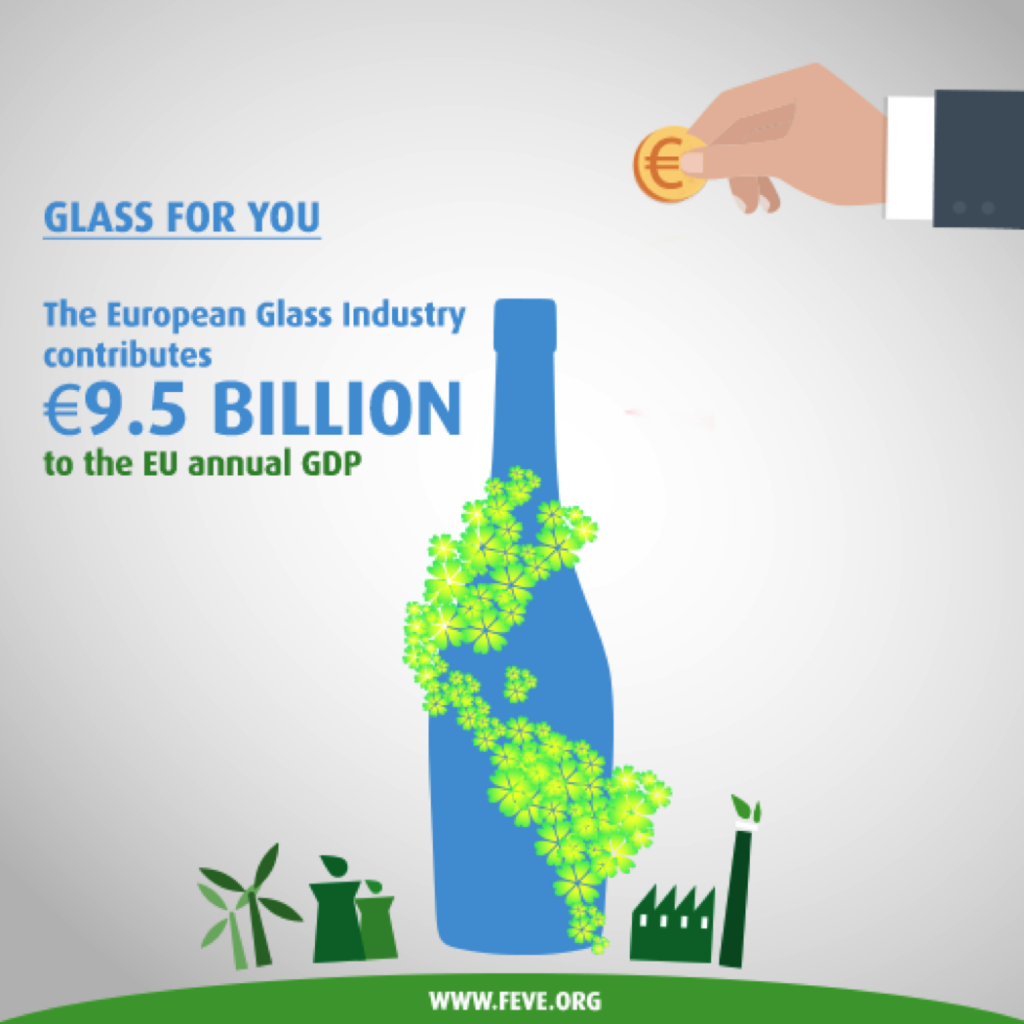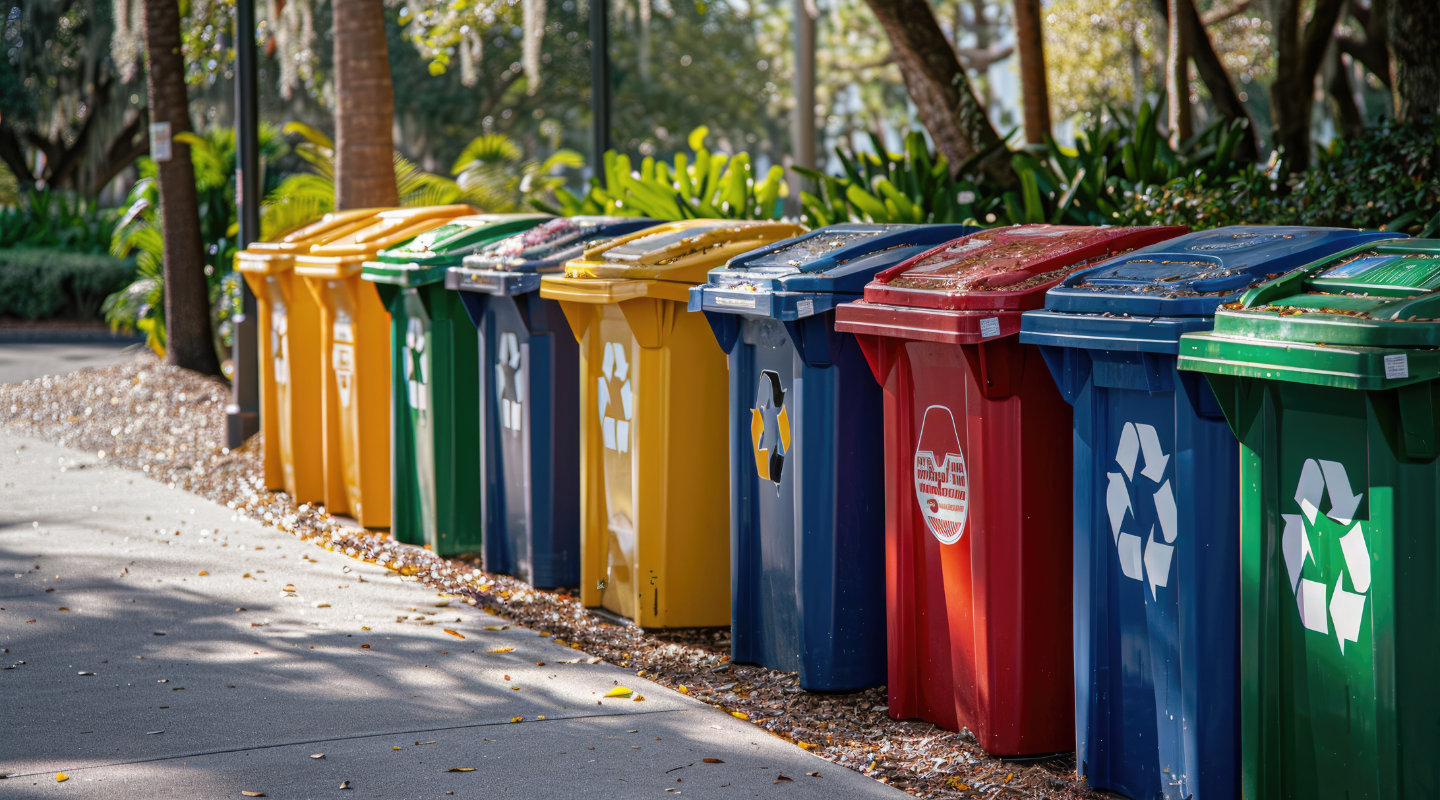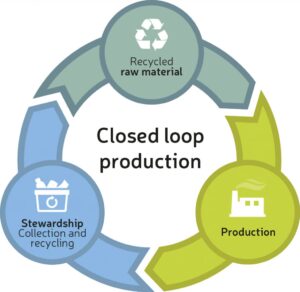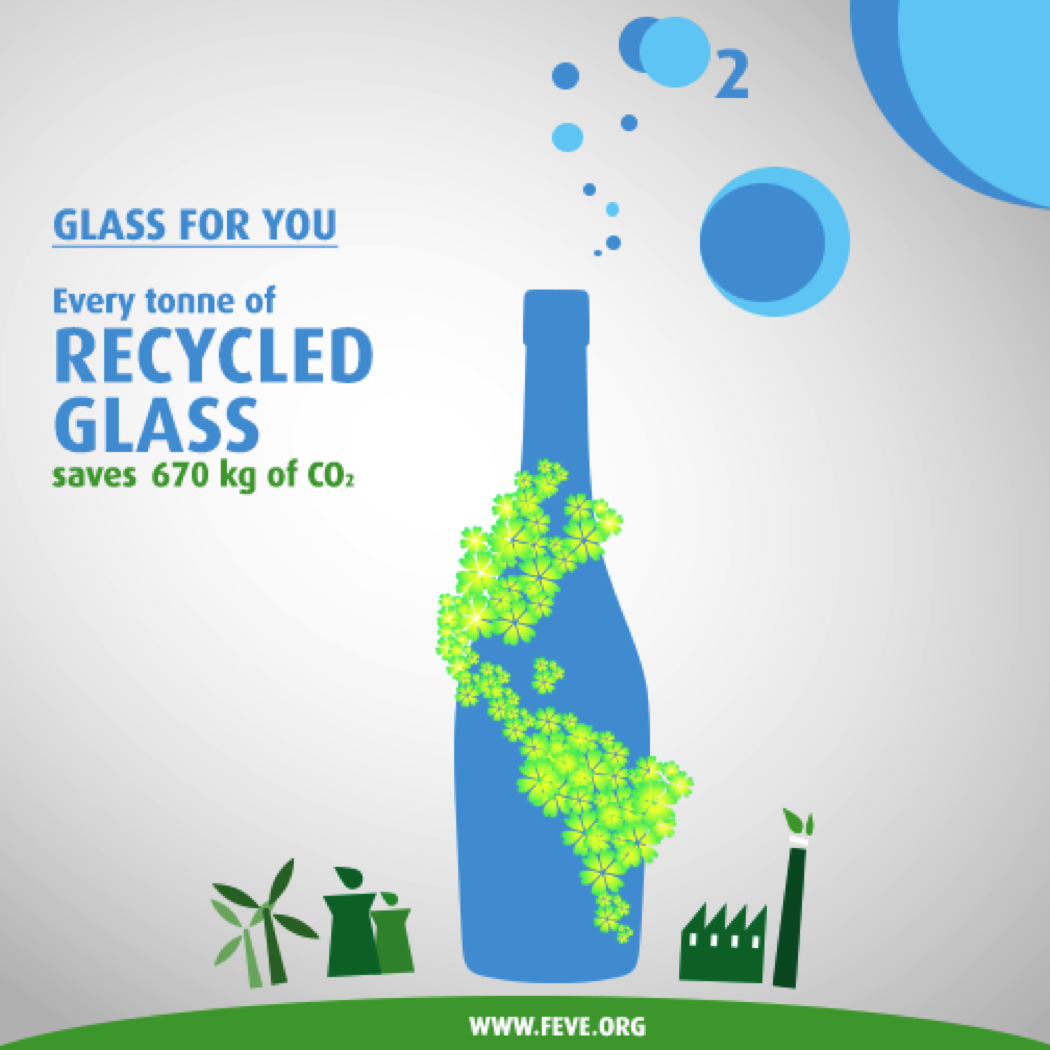What is a circular economy?
The circular economy is the opposite of the linear economy – a system which assumes that our supply of resources is infinite and that the earth will digest all our waste. Unfortunately, we all know this is not the case. We need to be smart and efficient in how we use the materials available to us, as there is a limit, and we are already tapping into the resources of future generations.
That’s why you may hear people and politicians talk about the importance of moving towards a ‘circular economy.’ A circular economy can be defined as
a production and consumption model in which existing materials and products are shared, leased, reused, repaired, renovated, or recycled for as long as possible.
The goal is to extend the life cycle of products and thereby reduce the environmental impact of manufacturing new ones from raw materials.
The 3 key principles
The circular economy aims to reduce our waste by repurposing our resources and it’s based on three principles:
1. Eliminating waste and pollution
To effectively eliminate waste, we need to rethink how we design our products. As a result, many companies are now choosing reusable packaging materials which can be recycled after extensive usage.
2. Circulating products and materials
Circularity means that what would previously have been considered waste becomes the source material for new products, reducing the overall amount of waste going to landfill (or worse!). Glass is a shining example of such an endless production cycle, with already 80% of glass in Europe being collected for recycling.
3. Restoring nature
By returning nutrients to the soil to support regeneration, avoiding pollution or landfills caused by waste disposal, or using renewable energy, a circular economy avoids use of non-renewable resources while preserving or enhancing renewable ones.
How does it work?
The circular economy consists of three important steps: reduce, reuse and recycle.
In the case of glass, reducing the use of non-renewable materials lowers the amount of waste resulting from production and cuts back on the amount of energy necessary to melt and shape the glass. That’s why increasing glass collection rates through initiatives like ‘Close the Glass Loop’ is a core component in the industry’s efforts to make the packaging we rely on everyday climate neutral.
Products should also be designed in a way that they can be reused multiple times without losing their value. Glass packaging is the perfect example, as bottles can be reused and refilled up to 50 times before being recycled. Even when recycled, glass doesn’t lose its qualities, closing the loop on a complete circular economy.
Once your bottle is in the recycling loop, the journey begins to become a new bottle, container or jar.
Whether it’s collected directly from your kerbside, or you drop it off at a bottle bank, increasing our glass recycling rate is vital for manufacturers to cut back on raw materials and drive forward a circular and sustainable economy. At the same time, the industry yearly invests 610 million euros in innovative technologies to reduce the energy consumption used to produce glass.
Why is the circular economy important?
As the world’s population continues to grow, we must face the fact that there are not infinite materials and resources available to sustain everyone if we continue at our current rate of consumption and disposal. By focusing on reusing and recycling, future generations will also be able to live a comfortable life.
And that’s not all: taking raw materials from nature impacts our ecosystems. If we want to preserve our nature and biodiversity, it is important we find better uses for the materials we already have, instead of continuously taking more from nature.
What are the benefits of the circular economy?
- It decreases the use of non-renewable resources.
- It reduces carbon emissions.
- It aims for zero waste.
- It opens new opportunities for companies.
How is glass an example of the circular economy?
To ensure products and materials are in use for as long as possible, we need to minimise resource input and waste creation, which is why recycling is so important.
When it comes to circularity, glass has long been the pioneer of packaging materials. Since it is completely natural – made from sand, soda ash, limestone and cullet – it is 100% and infinitely recyclable. A perfume flacon can be recycled into a bottle for juice, which in turn can be recycled in a jar for yoghurt. The cycle is endless, and the best part is that no additional by-products are created in this process.
And because glass is inert, it does not matter how often it is recycled, it will always be a safe packaging material.
Facts about glass in the circular economy
So how does this fit into our objectives to live more sustainably? Here are the key benefits of glass that make it a prime example of the circular economy:
1. It is 100% recyclable, again and again.
Recycling means the economy can continue to flourish in a sustainable way, by reusing supplies and creating jobs to remake and resell products that we all rely on as consumers. In fact, most of Europe’s glass is already recycled (recycling rates are at 80% and rising in Europe!) – but with your help, we can reach 100%. Learn more about how you can better recycle and sort glass.

2. It’s reusable and refillable.
In addition to its recyclability properties, glass can be reused and refilled without losing quality. Bottles can be used up to 50 times before recycling and remelting them into new containers at the end of their lives – closing the loop on a complete circular economy.
3. It is good for the environment.
Recycling saves energy, natural resources, and substantially lowers carbon emissions. As cullet requires less energy to be melted and shaped, every tonne of cullet used saves 670 kg of CO2!
4. Glass is made right next door!
Most of the bottles we consume are made within a 300km radius, with each plant in Europe providing nearly 300 direct jobs for local workers. Perhaps you even know someone working at one of the many plants!

5. It creates jobs.
As a result of these local manufacturing plants, recycling and production are rooted in local communities that provide around 125,000 local and diversified job opportunities throughout Europe.

6. It supports the local economy.
The industry contributes €9.5 billion to the EU GDP every year. A trial by Carrefour in Spain even showed that having the option of glass bottles on display in the supermarket can drive up sales as it becomes easier for all of us to make more sustainable choices as consumers.

7. Glass has never been lighter.
Bottles have become much lighter in the past 20 years, with some bottles as much as 30% lighter than before. By lightweighting, less material is used, and the overall emissions across the supply chain can be reduced by 10-30%.

Ways you can contribute to a circular economy
So now you know what a circular economy is and where glass fits in, what can you do to help? The good news is that there are several things we can all do to contribute to a circular and more sustainable economy.
First, we need to take a step back and think about the impact we have on the environment and how our actions can play a critical role in protecting it. Start by prioritising products that are environmentally friendly, sustainably produced and made from recycled materials. Replacing your disposable containers with reusable glass bottles and jars is just one of the ways you can reduce waste and help achieve a circular economy.
Secondly, we must change the way we look at used materials and packaging. Instead of viewing used packaging as waste, we should look at packaging as a resource and find new and creative ways to repurpose it. And in cases that’s not possible, we be sure that we are recycling the right way, or look at the best way to dispose of them safely.
By learning more about how the circular economy works and how we can contribute, we can face up to the challenges of the climate crisis and contribute to restoring our environment, without harming nature further.






